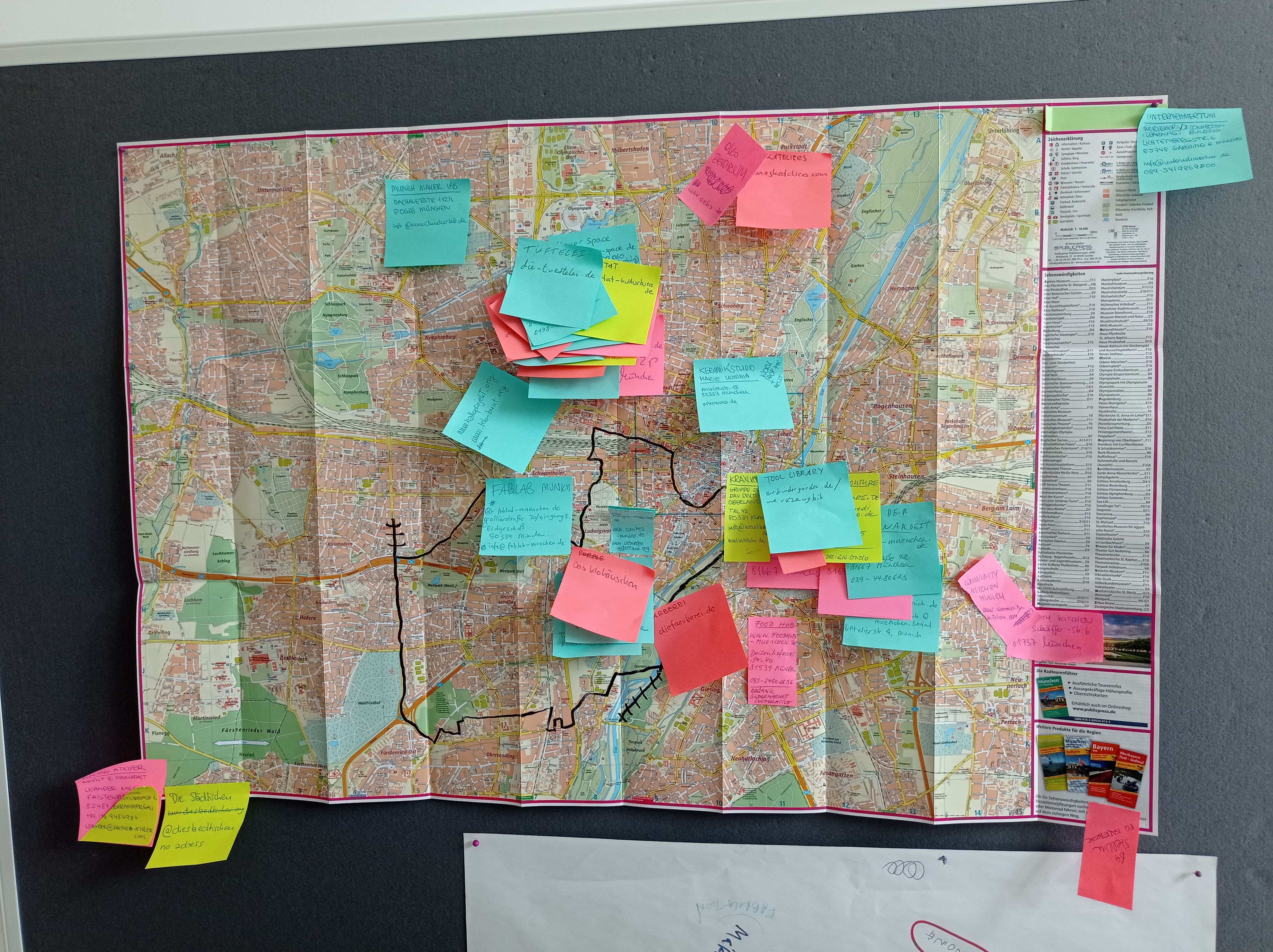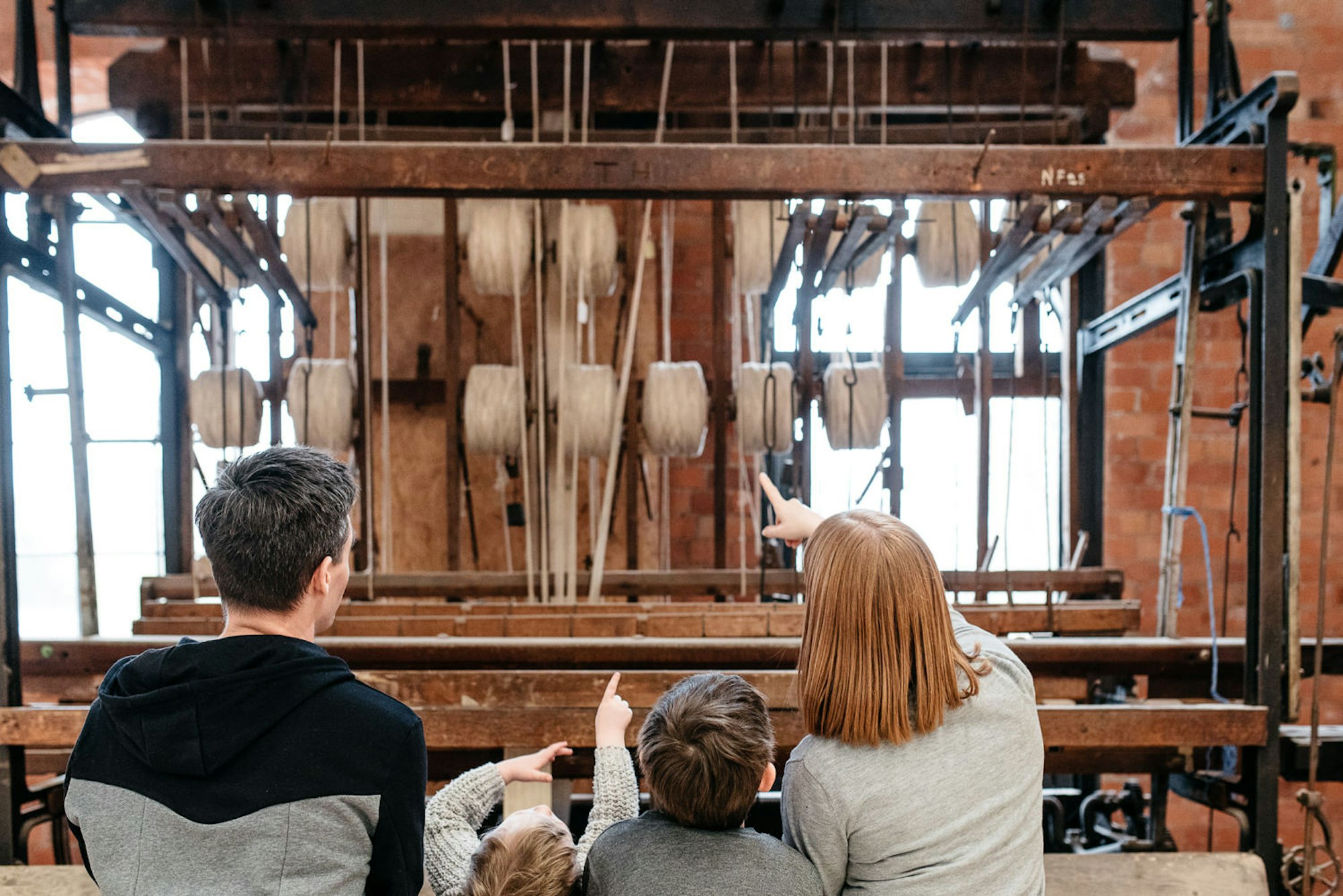Made in Cape Town. What does manufacturing in South Africa look like?

At the top of an old factory building in the centre of Johannesburg is studio space; home to a local radio station, a Maker Library, and a splattering of desk spaces for creative businesses. The space had just hosted a three day shoe design workshop with Eelko Moorer. As this workshop came to a close the beers were cracked open, the sun set over the city and a panel discussion around fashion design in South Africa began.
Having arrived in the country only the day before, the conversation that followed was not one that I had expected. I had spent the afternoon exploring nearby Jeppes Town, an area of Jo’burg awash with colourful hand-painted signs advertising local manufacturing businesses. A short walk around Jeppes Town had exposed a world of leather workers, framers, a welding school and screenprinters. To an outsider, it seemed as though South African manufacturing was alive, visible and by my assumption, would surely be working with local designers, artists and architects on a regular basis.

I was now sat at a design meetup only two blocks away so I was surprised to hear that the key theme emerging from the discussion was the difficulty of local manufacturing. For the next hour I listened to designers talking about their desire to work with craftsmen to make their products in the city; or the fact that it was “really difficult to find a reliable machinist to work with.” I heard comments about the endless search to find factories with realistic minimum orders for small businesses. There were nightmare stories of shipping containers from the Far East going missing, poor quality finishes, high shipping costs, long lead times, and high initial tooling expenses.
The barriers facing these small design businesses in manufacturing their work were vast and varied. From the difficulties in approaching local suppliers; to the quality control issues of importing mass manufactured components. What surprised me the most, however, were not these comments; but the fact that I have heard these same conversations before. Not only all over Scotland, but when speaking with designers across Europe, the Middle East and in the United States. I realised at this point (and I don’t think I completely had before) that this discussion about the benefits of local production and the problems in accessing it is a universal conversation happening all over the world.
It became clear as our trip went on, that one of the core problems of local production continues to be communication between industries. For designers, the fabrication industry remains intimidating, hidden and inaccessible. For manufacturers, working with artists and designers can seem complicated and often without a high economic return.

Three days later, my understanding developed further when I found myself at a design market in Cape Town. I was surrounded by rucksacks, shirts, jewellery, sunglasses and leather goods all highlighting a ‘Made in Cape Town’ status. It reminded me of design markets elsewhere in the world, where products boast about their local provenance with labels such as ‘Made in Brooklyn’ and ‘Made in Glasgow.’

In the same way that happened with the food localism movement; consumers now have an invested interest in where the things they buy come from. In America, the value in re-shoring manufacturing has filtered far past an artisanal niche and into a conflicting space in which the mass-market corporates such as WalMart are drawing on these trends and desires to market their goods.
I spoke to some of the vendors at this market about how they produced their goods. Again and again, I was met with those sighs and smiles that I have become familiar with when asking the same question at home. One by one, the vendors told me that after the South African textiles industry crashed in favour of cheaper imports; many of the skilled machinists, pattern cutters and printers went out of work. For these young brands for whom local manufacturing is a core part of their identity, they find themselves spending months scouring the city attempting to find local fabricators. Others, such as Me plus One, were lucky enough to have kept their own factories going during the crash and are now using it again to keep production in-house.


These stories struck me as being so similar to that of Caerlee Mills ; or the intent of young British brands like Trakke or Hiut Denim. Looking to other industries it reminded me of the stories told by US based marketplace, Tindie about the difficulties for hardware startups sourcing reliable short-run PCB suppliers in Silicon Valley.
As reflected at the RSA self employment conference last month, the growth of small businesses supplying niche markets will have a significant role in the future economy. The question is, how do you take the pain out for these small businesses trying to find and work with local manufacturers? More importantly, how do we make it simple and beneficial for manufacturers to work with these smaller companies? Worldwide, the way we are making things is changing; but finding and building reliable local supply infrastructures is key to enabling that to happen.
Categories
Article
Related stories
Why Make Work Locally
Alan Moore and Ten30 Fashion
Tips for Manufacturing in Scotland
A Life in Lace
In the Belly of the Beast: my one year manufacturing for Coca Cola



